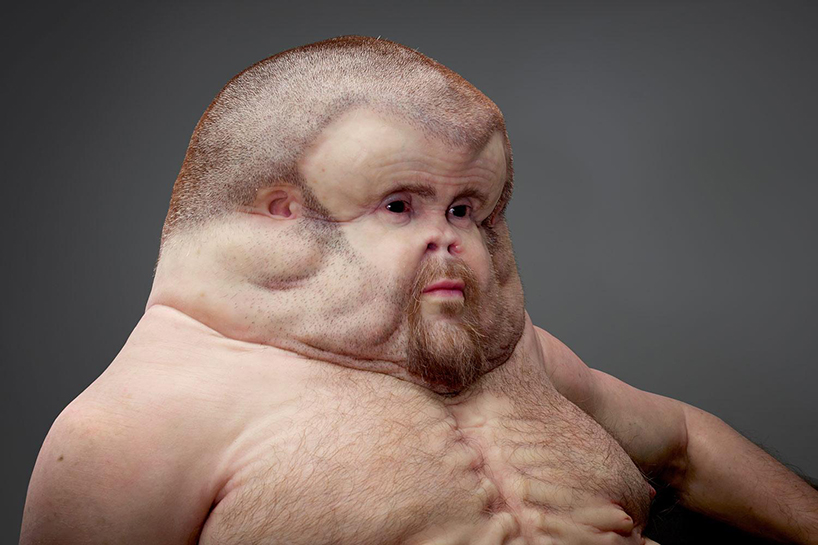Renowned Australian sculpture artist Patricia Piccinini has caught the world’s attention with Graham – her latest confronting creation.
The quasi-human creature was commissioned by the Transport Accident Commission (TAC) as part of a new, powerful road safety campaign.

Graham has no neck, a huge, thick skull and sacks of air on his chest to act like air bags.
The sculpture illustrates how humans would need to evolve in order to survive a serious car accident. Piccinini collaborated with Monash University Accident Research Centre crash investigator David Logan and Royal Melbourne Hospital trauma surgeon Christian Enfield.
The team worked together to establish what features a human would need to avoid serious injury in a car crash.


Made of silicone, fibreglass, resin and real human hair, Graham is unnervingly life like and relatable.
“The eyes are where the work is, it’s where the viewer can really connect with him and empathize. I really listened and internalized the science of it and then I approached it in a creative way, on an emotional level,” Piccinini told the ABC.

The impactful campaign sheds light on human vulnerability on the roads.
The Facts Behind The Art
Kenfield says that Graham’s features are built on naturally occurring mechanisms in the body.
Graham’s thick neck protects against whip lash caused by the sudden impact of a potential car crash; in reality, a normal human neck doesn’t have the strength to do this itself. This weakness often results in extreme injury.

“One of the real injuries that we have as humans in a high-speed car crash is a neck injury, a cervical spine fracture or dislocation of the ligaments as the head flexes forward and then hyper-extends back,” Kenfield told the ABC.
The sculpture was also used as an educational tool while on display at the State Library of Victoria. Visitors were able to inspect Graham closely. They could then use an interactive, online program to look under his skin and understand the inner workings of his body.

Why Now?
The launch of the campaign comes as a response to a rise in the death toll on Australian roads over the past year. According to the Bureau of Transport Infrastructure, Transport and Regional Economics, 1,269 people died on Australian roads between June 2015 and June 2016. That’s a 10 per cent rise from the previous year.
“Cars have evolved a lot faster than humans, and Graham helps us understand why we need to improve every aspect of our roads system to protect ourselves from our own mistakes” – Joe Calafiore, CEO of the TAC.
In her process, Piccinini explored Darwin’s theory of evolution, including both animals and humans. Graham inspired mixed reactions in audiences, who were moved by his uncanny resemblance to a present day human.

See more of Piccinini’s work at www.patriciapiccinini.net

